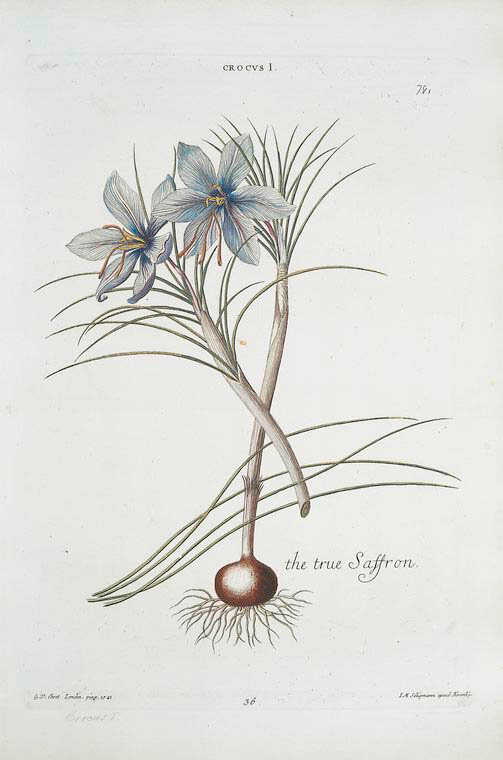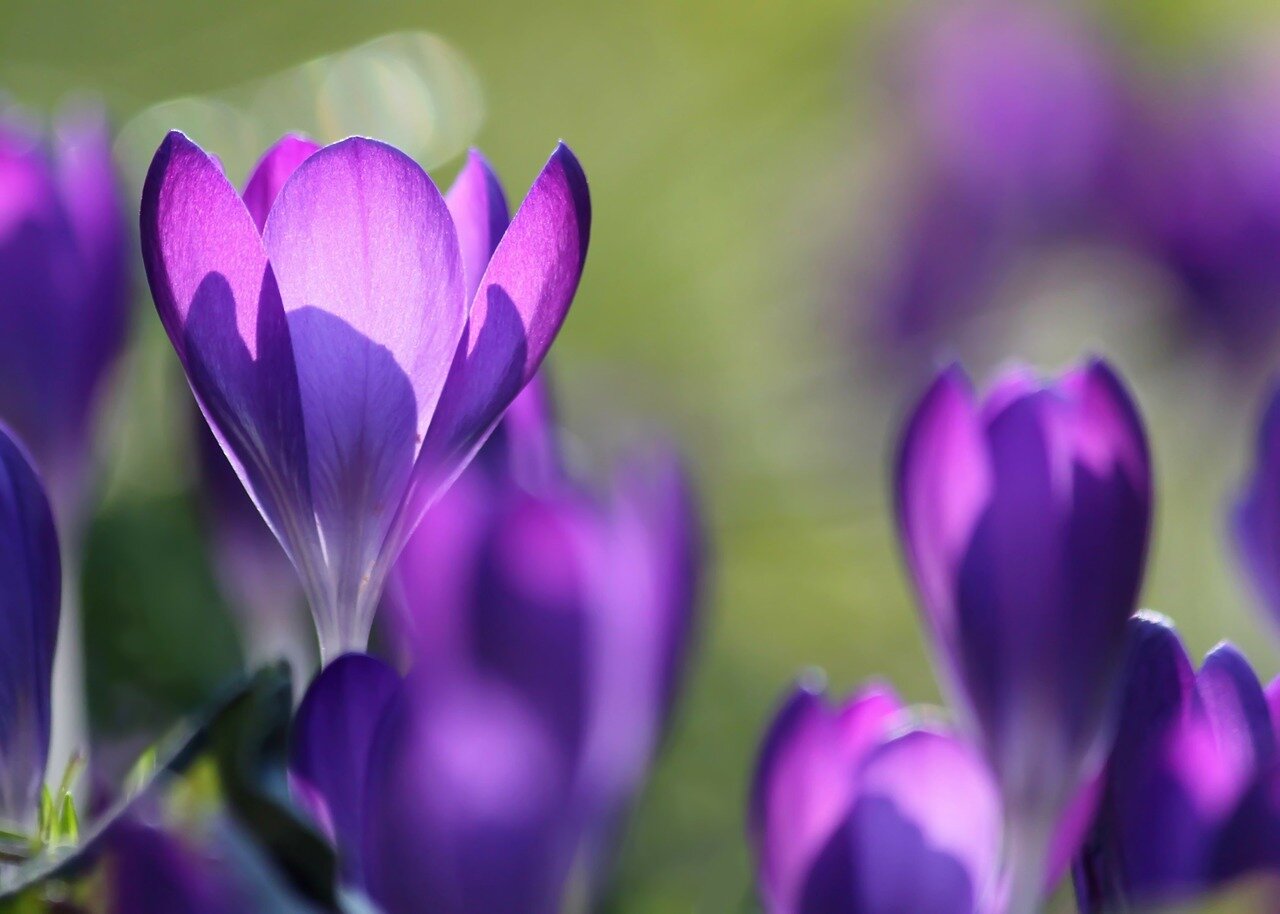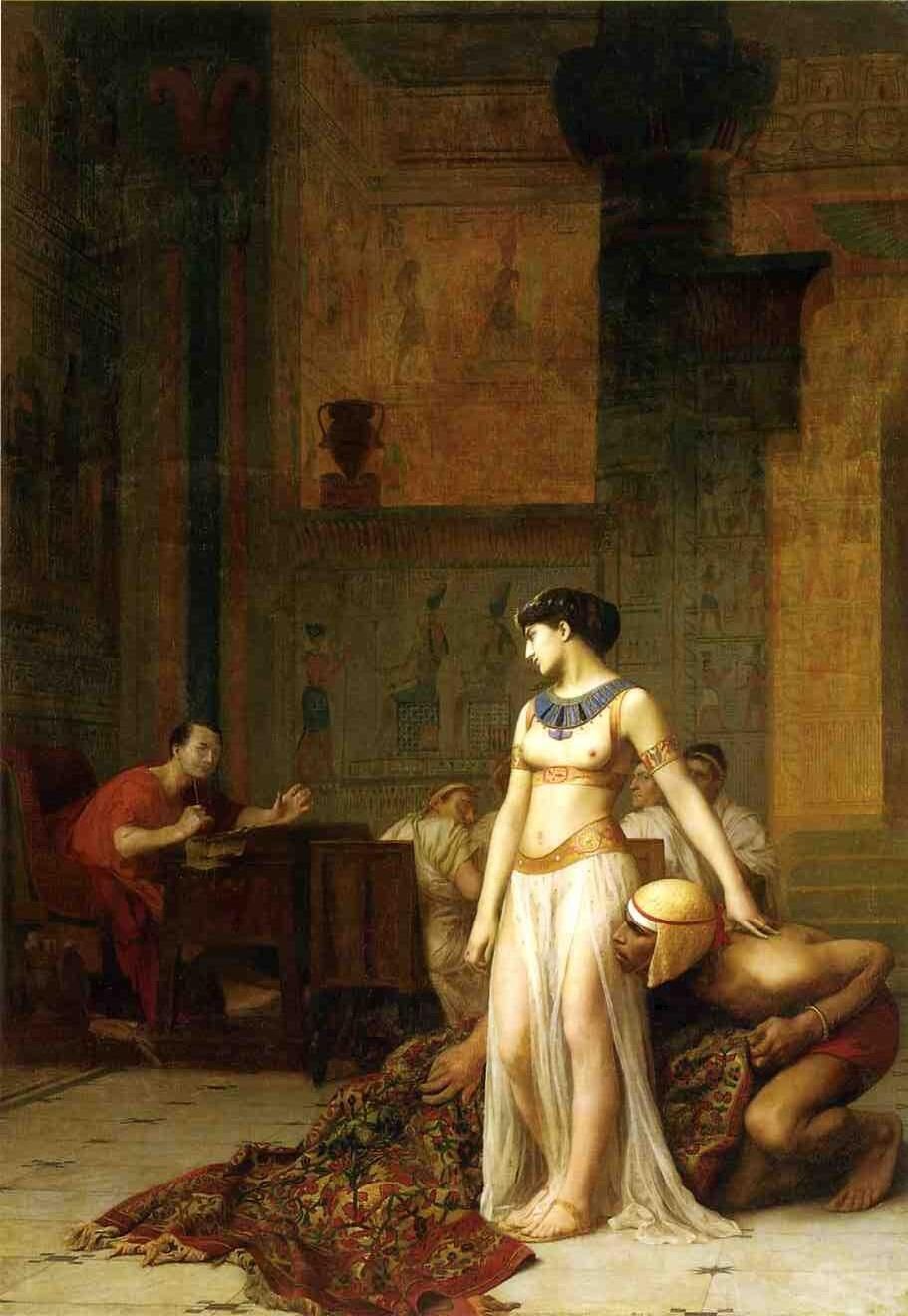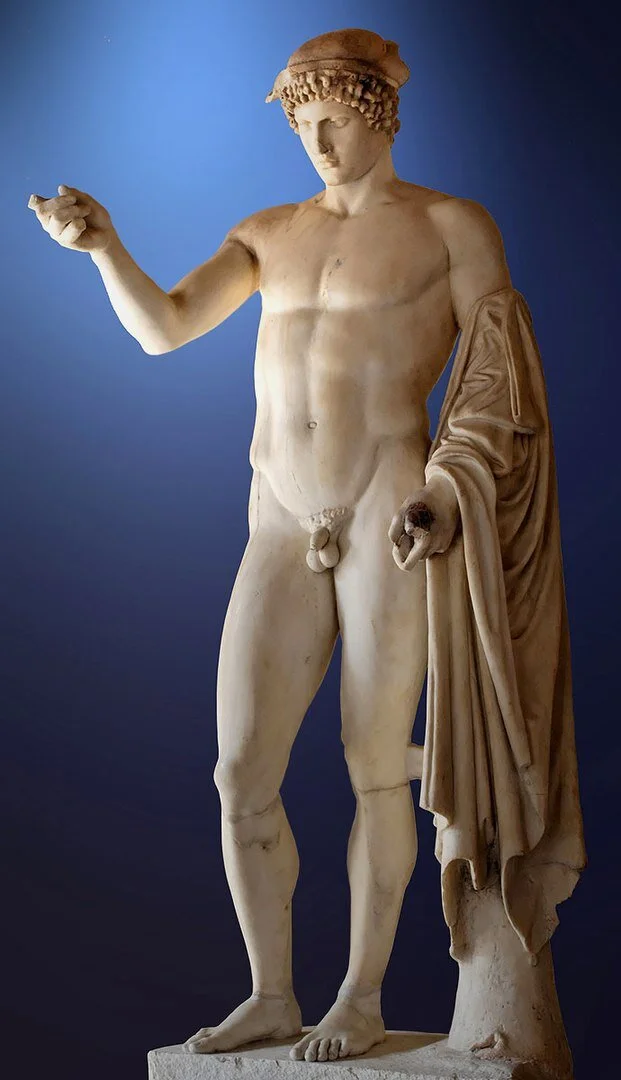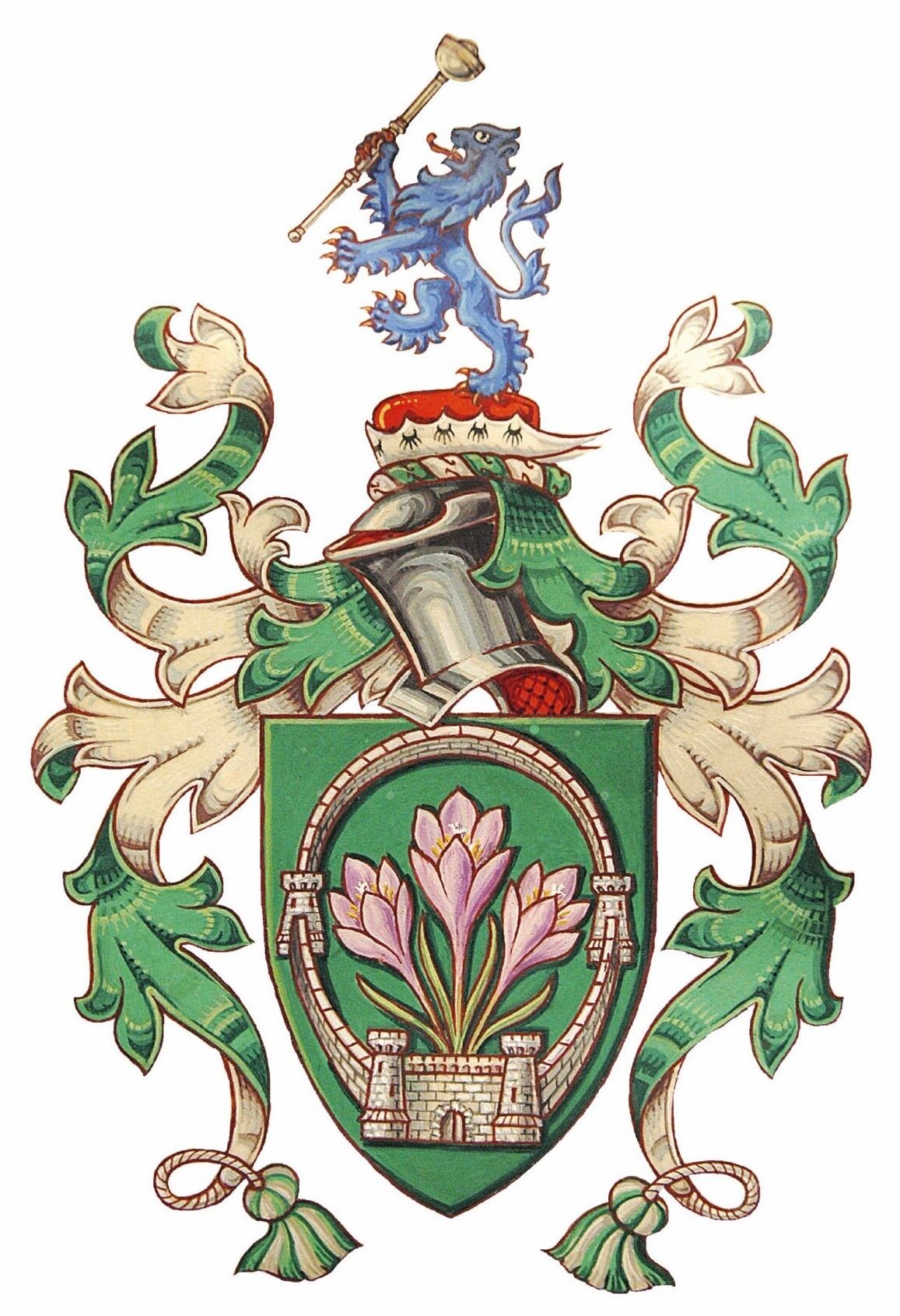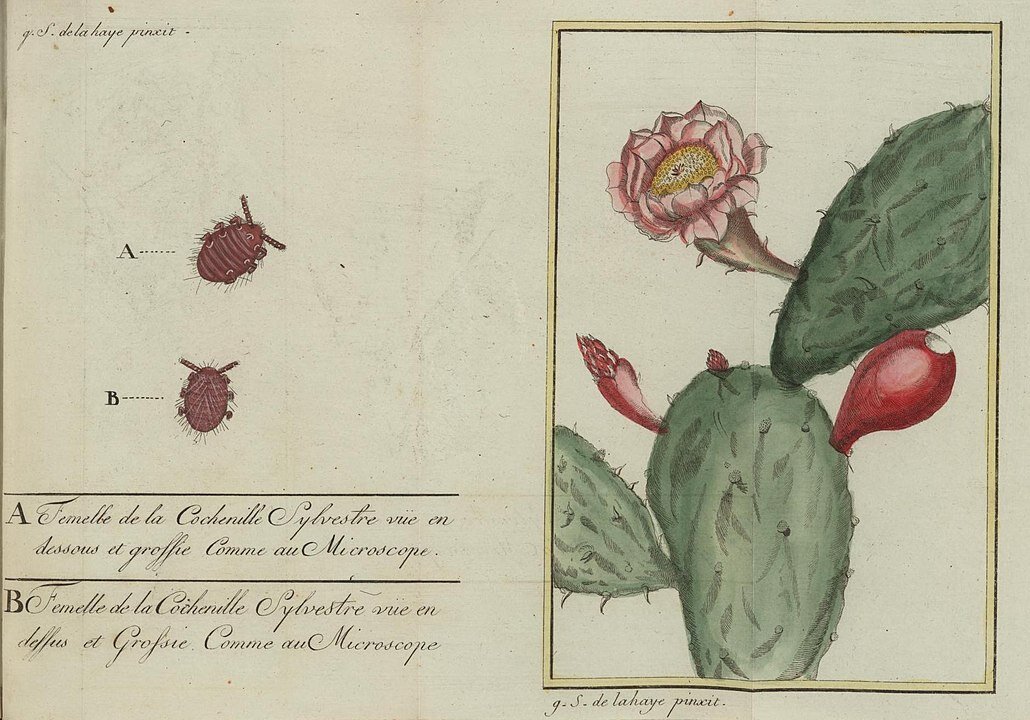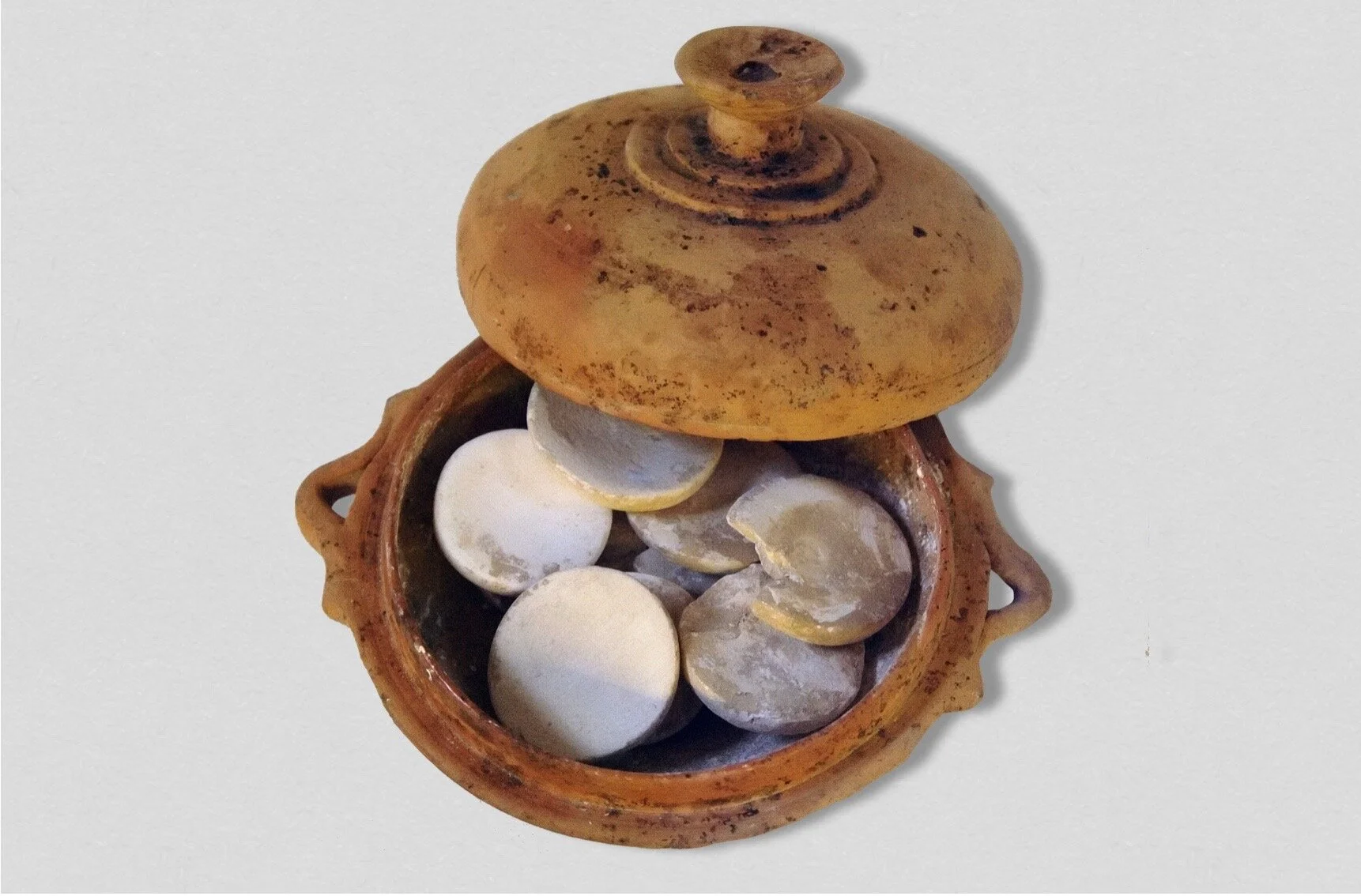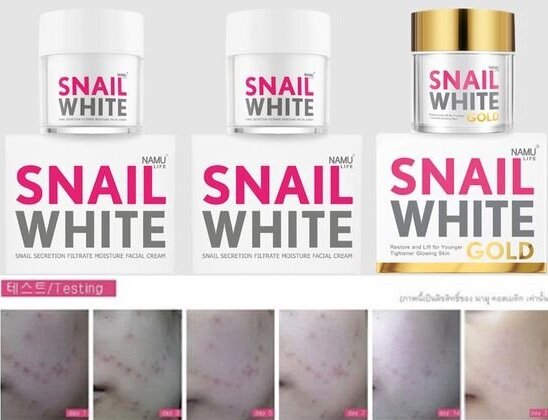A flea-ridden history of the strange hue, which varies from brownish purple to mauve.
Could this be the infamous dress that created the color puce?
It’s unlikely that you’ll ever find the color puce in a box of Crayola crayons. But did you know that Marie Antoinette, the last queen of France and sartorial rule-breaker, was responsible for starting a fashion trend inspired by the ignoble bloodsucking flea?
Reviled or admired, the Austrian-born dauphine seemed to spark strong emotions. After an initially warm reception, at a mere 14 years old, Marie Antoinette adopted extravagant tastes and frivolity that earned her a reputation as spoiled and vain. As a means of self-expression, the young queen ornamented herself in earnest with elaborate coiffures, plumage adornments and lavish attire.
“ When Louis XVI was asked what he thought of his wife’s latest look, he replied, “C’est puce” — that is, flea-colored.
And so a new color was born.”
She also liked to pretend to be a shepherdess in her faux-rustic village, the Hameau, built near the Petit Trianon on the grounds of Versailles. The enclave included thatched-roof cottages and a functioning farm, complete with stables, a pig sty and a hen house, where she would retreat by herself or with intimate friends.
Her legacy continues to influence and inspire creatives more than two centuries after her beheading by the French revolutionaries at the age of 37. The Netflix series Emily in Paris mentions the mythical origin story of the champagne coupe glass, purportedly modeled after Marie Antoinette’s perfectly proportioned breasts.
A portrait of Marie Antoinette by Élisabeth Vigée Le Brun
Let Them Dress Like a Flea
Like champagne, the color puce (pronounced pooce) is rooted in French history and culture. The term was coined in 1778 and has an interesting origin. It’s defined as a brownish purple color. The etymology, however, is far from enticing — its name is French for flea, a reference, one imagines, to the tiny vampiric parasite’s belly full of blood.
In Revolutionary France, color played a major role in publicly announcing who you were and what side you were on. Marie Antoinette’s sartorial whims set trends and came to symbolize the excess of the royals. Her unapologetically voracious appetite for fashion and extravagance became the stuff of legends.
According to the biography of Marie Antoinette’s dressmaker, Rose Bertin, the queen had a brownish purple dress made. When Louis XVI was asked what he thought of his wife’s latest look, he replied, “C’est puce” — that is, flea-colored. And so a new color was born.
Did King Louis XVI say Marie Antoinette’s dress looked like a flea because of the color of the insect, or the blood it sucks?
The Parisian bourgeoisie adopted puce in droves, as it was less cost prohibitive than lighter tints and hid stains well. The color was produced by combining madder root with a metallic salt or mordant, which deepened and fixed the dye to a textile.
Puce became the “it” color of the summer of 1775, inspiring a myriad of hues, each with its own spin, from ventre de puce (flea belly), cuisse de puce (flea thigh) and even vielle puce (old flea).
Dyers and weavers struggled to keep up with demand. But fashion, as they say, is fickle. After only a few months, it was out of style.
Strangely enough, in French you can call your sweetheart “ma puce” (my flea) as a term of endearment.
Which puce is really puce? Pantone declares it to be a purplish brown, while others think it’s more of a mauve.
On top of that, no one seems able to agree on the actual hue of puce. Pantone’s version, 19-1518 TPX, is more of a grayish-brown, while A Dictionary of Color, by A. Maerz and M. Rea Paul, describes it as a mauve pink.
Wherever the color lands on the spectrum, it will always have as its claim to fame a connection to Marie Antionette and a bloodsucking parasite. –Duke





